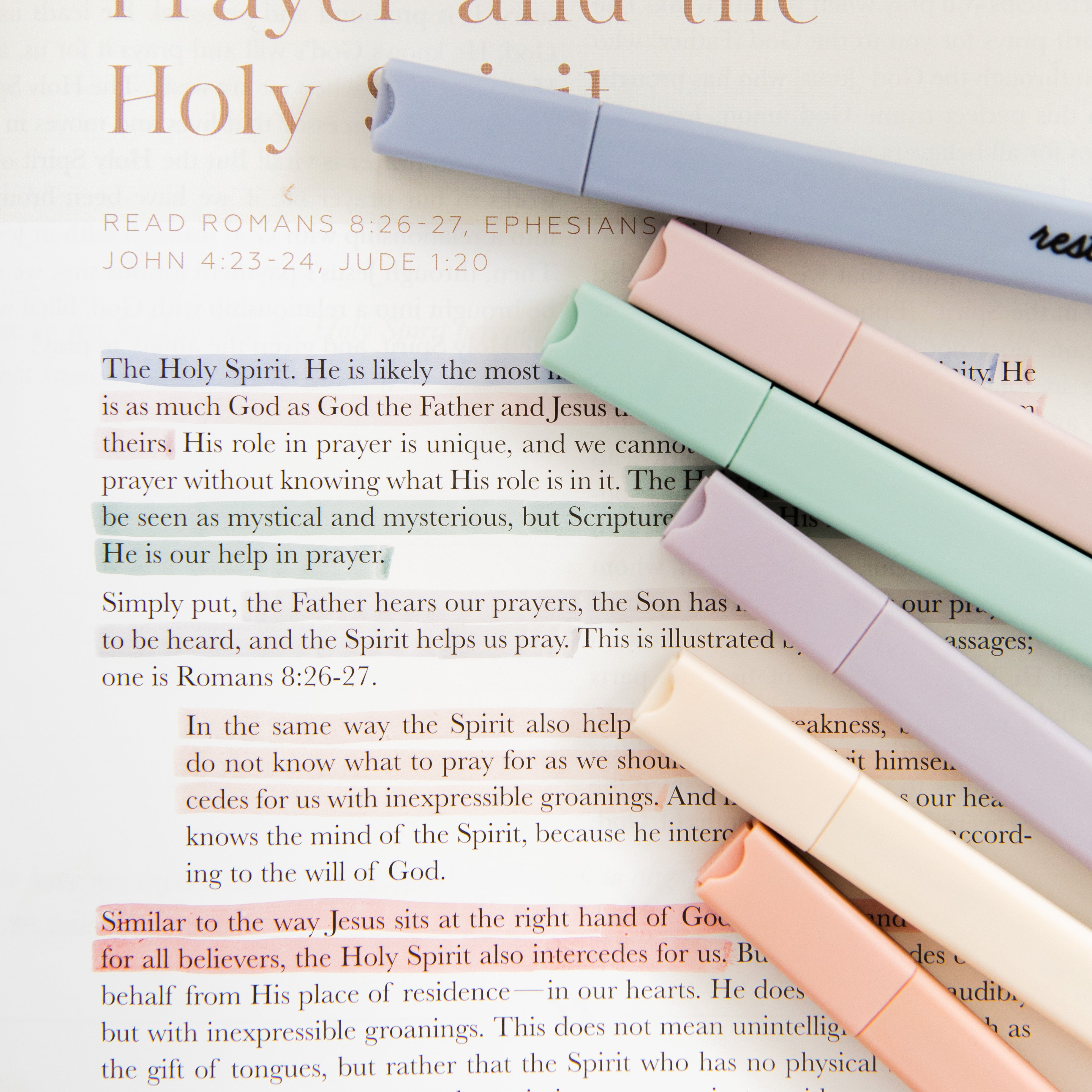Most Christians are eager to dive into Scripture. However, the Bible can often feel intimidating. It is a long book that was written many years ago, and contains some confusing words and stories. So how do we read and actually understand the Bible? Here are some simple things you can do when reading the Bible that will help it actually make sense to you.
Read slowly and ask questions
Before you can understand the Bible, you must begin with reading it. Reading an old book like the Bible requires patience. You are not going to be able to read it as quickly as you would a modern novel. Take your time reading through a small passage, chapter, or book. You may even need to read the same passage over multiple times.

As you read slowly, it is important that you make note of any questions that come up while you are reading. You cannot begin to understand something if you are unsure of what it is you need to understand. Write down every question you have—no matter how complicated or how simple.
Read the surrounding context
Once you have read through a passage a few times and written down any questions that came up, you can begin the process of finding answers to those questions. To do this, the first thing you can do is read the surrounding context of the passage. You can start by reading just the verses that come before the passage and the ones that come after, but eventually, you will want to read the entire chapter and book that surround the passage. As you read the surrounding context, you will begin to notice that most of your questions already begin to be answered.

Read outside resources
It is also helpful to understand the larger historical, cultural, and literary context of the passage you are reading. Sometimes, this can be found simply by reading the whole book, but sometimes it is helpful to consult a trusted outside resource. A great place to begin is with our Bible Handbook. The Bible Handbook walks through all sixty-six books of the Bible and explains their context, provides an outline, and gives a lot of other helpful information.
In addition to The Bible Handbook, there are many other outside resources you can go to that will help you understand the Bible. You can consult a study Bible or even different commentaries. Commentaries are books written by scholars that explain the Bible in detail. Some commentaries are more technical—written mostly for academics—and get into the smallest details of the Bible, but others are designed for the everyday Bible reader and intended to help with basic understanding and give pastoral guidance. For more information on how to choose a commentary—and a list of commentaries we find trustworthy—check out our Bible Study Handbook!
Hopefully these tips will encourage and support you as you continue to seek out the truth of God’s Word. We are confident that reading slowly, seeking out context, and reading outside resources is a great way to not only read the Bible, but understand it. In addition to the Bible Handbook and Bible Study Handbook above, we also have many other resources—like journaling Bibles and Bible Studies—to help you on your Bible study journey.
But remember that Bible study is a lifelong pursuit. You will be on the journey of understanding Scripture for the rest of your life—and this is a good thing! Through your pursuit of studying His Word, you will be drawn closer to the heart of God and experience Jesus more fully. It is well worth the effort it takes.

Additional Resources:










